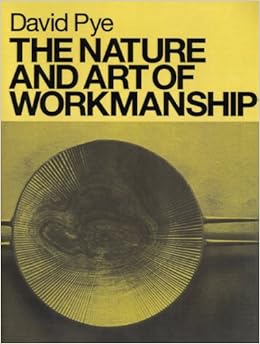I’m deeply connected with the process of making. The smells and textures of the materials as I work with them and the rhythm of the work is soothing. Using the body to move through space in concert with materials is so satisfying and connecting that one becomes ethereally present in the moment. Flow. This is how I develop my story. My story made real through making.
Making provides the opportunity to learn something new everyday. Making provides the opportunity to connect and learn from people with different world views than your own. This experience is so uplifting that it becomes like a drug in that we cannot enough of and we search for this experience. Most makers are self aware enough not to let this endeavor over power prudent behavior. More and more, making is seen as necessary part of community and learning. Maker spaces are popping up everywhere.
This past week in the shop I’ve finished five small boxes, a bread board and a serving tray for the Farmers Market. I finished the welding cart and painted the bell. Next week I will be making and finishing a large breadboard for Becky, a special new design I’m stealing from an article in Fine Woodworking (can’t wait to show you), a wood and metal book shelf for a special small space in our kitchen, and the bench I started several months ago. This bench was one of my first metal/welding projects and I got the wood for the seat and back from Jack Carpenter a local sawyer. I finally got the metal bar for supporting the back yesterday.
More on the maker's manifesto and pictures of completed projects coming.
Small 4x4x2.5 inch boxes.
Bell made from recycled oxygen tank. Bottom cut off and ring welded to top. Now I need to build an outside hanger.
Nice to have the welder up of the floor. Poor choice for wheels as they are not so smooth.



